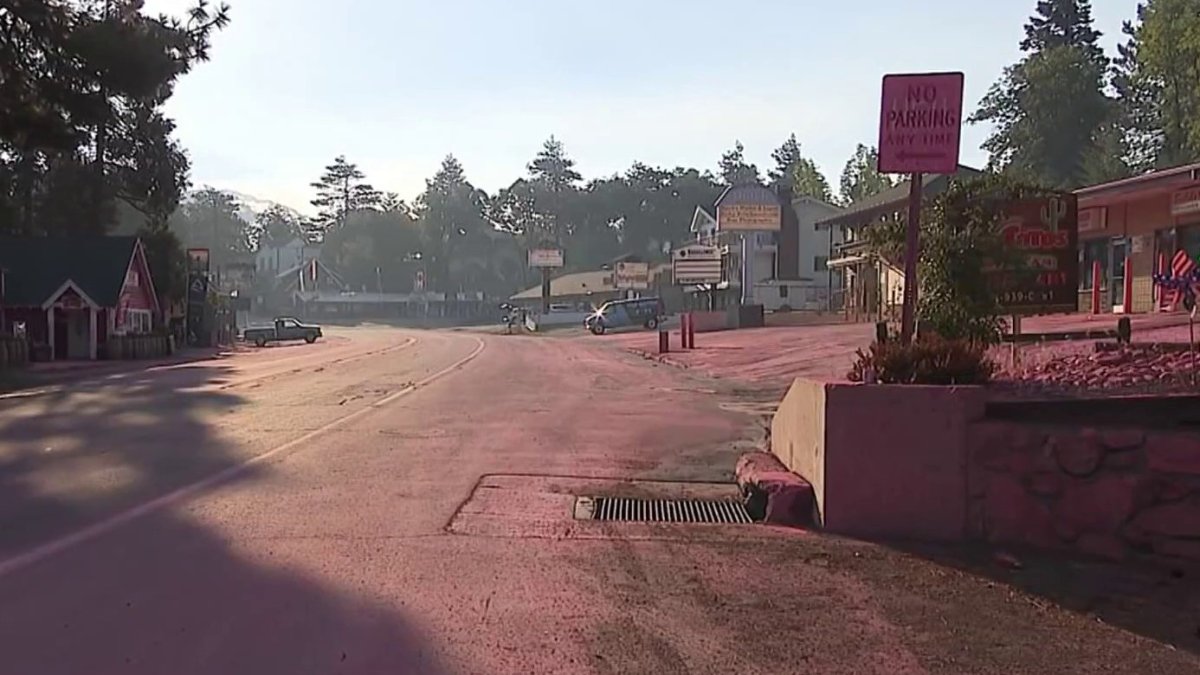
The Devastating Complexity of California Wildfires: A Critical Examination
California's relentless wildfires have sparked a critical examination of their multifaceted nature, posing immense challenges and demanding urgent attention. This article delves into the complex interplay of environmental, human, and policy factors that contribute to the severity and resilience of these catastrophic events.
Environmental Factors: A Perilous Landscape
California's unique topography and climate create an environment ripe for wildfires. Hot, dry summers combined with strong winds and rugged terrain increase the spread and intensity of fires. Fire-adapted vegetation, such as chaparral and grasslands, readily ignites and fuels the flames. Moreover, prolonged droughts, attributed to climate change, exacerbate the risk by parching landscapes and increasing the flammability of vegetation.
Human Influence: Igniting the Flames
Human activities also play a significant role in the genesis and spread of California wildfires. Unintentional human ignitions, such as discarded campfires and downed power lines, account for a substantial proportion of wildfire starts. Urban expansion into fire-prone areas, known as the wildland-urban interface, increases the likelihood of human-caused fires and exposes communities to greater risk.
Policy Challenges: Striking a Balance
Policy decisions have both positive and negative impacts on wildfire management. Historical fire suppression practices have led to an accumulation of vegetation in fire-prone areas, increasing fuel loads and contributing to the severity of subsequent wildfires. On the other hand, prescribed burns can effectively reduce fuel loads and mitigate wildfire risk, but their implementation is often hindered by concerns over air quality and public safety.
Economic and Social Impacts: Communities in Distress
The economic and social consequences of California wildfires are profound. Widespread damage and loss of property, as well as business interruptions, inflict severe financial burdens on affected communities. Displacement of residents, disruption of livelihoods, and psychological trauma further compound the challenges faced by wildfire victims.
Indigenous Knowledge: Lessons from the Past
Indigenous communities have a deep understanding of fire ecology. Traditional fire management practices, such as cultural burning, have been used for centuries to maintain healthy landscapes and reduce fire risk. Integrating indigenous knowledge into modern wildfire management strategies can provide valuable insights and improve the effectiveness of prevention and suppression efforts.
Climate Change: A Compounding Threat
Climate change is a major factor contributing to the increasing frequency and severity of California wildfires. Rising temperatures, changes in precipitation patterns, and extended droughts promote the growth of fire-prone vegetation and create conditions favorable for fire ignition and spread. Addressing climate change through mitigation and adaptation measures is crucial for reducing wildfire risk in the long term.
Real-Life Examples: The Tragic Toll
Numerous wildfires have left a devastating mark on California, showcasing the destructive force of these natural disasters. The Camp Fire, which ravaged Butte County in 2018, claimed the lives of 86 people and destroyed over 15,000 structures, making it one of the deadliest and most destructive wildfires in the state's history. In 2020, the CZU Lightning Complex Fire scorched over 86,000 acres across Santa Cruz and San Mateo counties, destroying thousands of homes and businesses.
Conclusion: A Path Forward
California wildfires are a complex and devastating issue that demands multifaceted solutions. Addressing the interplay of environmental, human, and policy factors is essential for mitigating their severity and protecting communities. Collaborative efforts involving government agencies, fire departments, researchers, and the public are crucial to develop and implement effective wildfire management strategies. Integrating indigenous knowledge, investing in climate change mitigation and adaptation, and promoting responsible land use practices are key to reducing the risk and impact of these catastrophic events.
By critically examining the complexities of California wildfires, we can gain a deeper understanding of the challenges they pose and work towards a safer and more resilient future for the state and its inhabitants.

Post a Comment